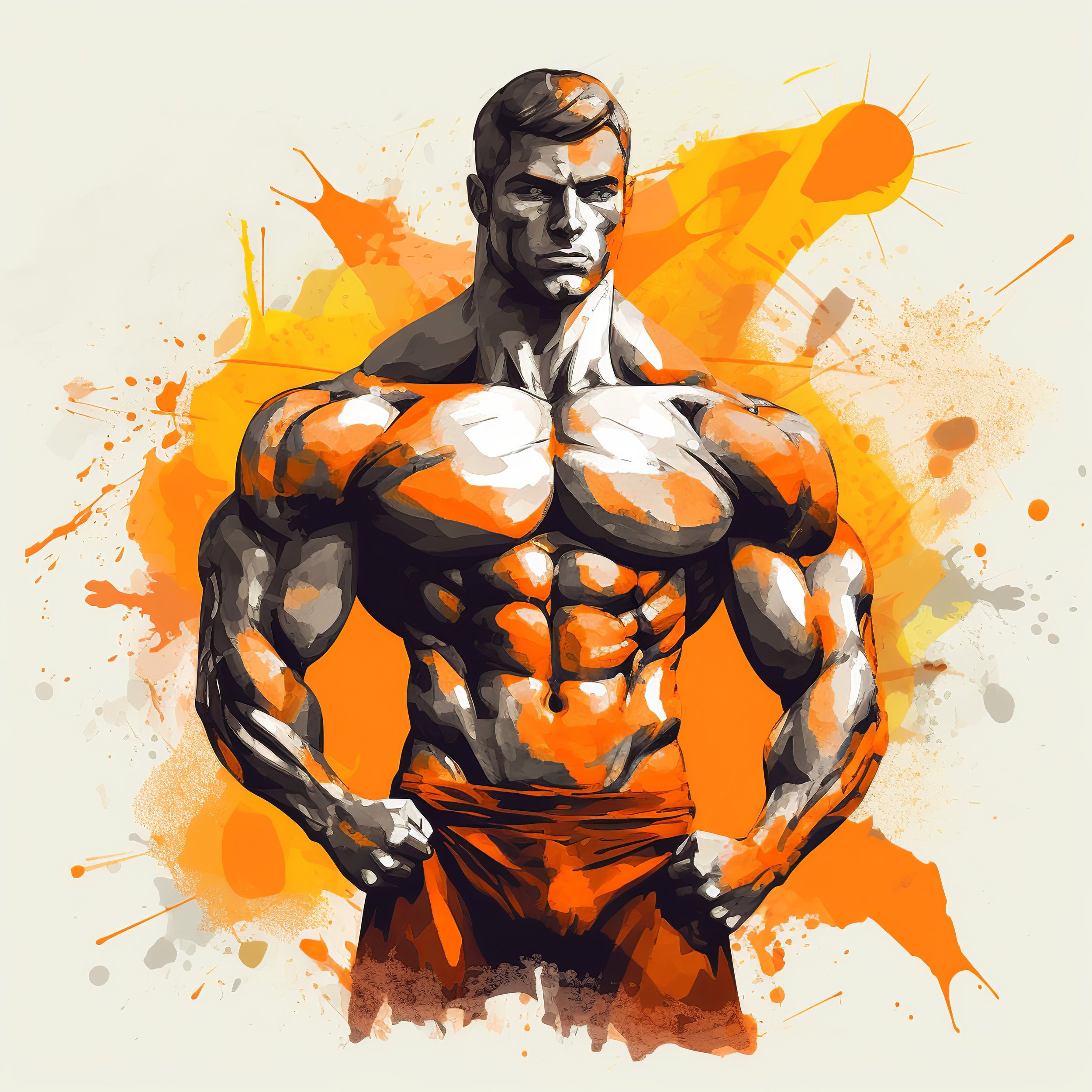Most Asked (& Answered) Questions About Your Core
How to develop this important muscle group in a 40 year old frame.
THE BRIEF
Time to read: 3 minutes 10 seconds
Time to action: 15 minutes
Mantra: ‘The secret of success is constancy to purpose’ - Disraeli
Main message: Abs are the muscle you need, as well as want
Stat: 65% of men can get a 6-pack, 20% an 8-pack
Is it time for an abdominal renaissance? If you are a Gen-Xer you might find it hard to believe that the holy grail of look-good-feel-good muscles ever went out of fashion. But it really, really did, and the now much-maligned stomach muscle that was so in demand from the 80s to the 2010s is as much a symbol of toxic masculinity as it is low body fat. This is a shame, because, unlike toxic masculinity, we could all (mostly) do with lower body fat, especially in our 40s. This is how FORM chooses to view the most elusive of muscles - as a symbol of literal core strength and healthy body fat percentage - and nothing more.
If you google ‘questions about abs’, you’ll see there are striking consistencies in the questions being asked about middle management. We’ve collected those most asked to provide the essential ABCs of Abs. Remember, you don’t have to show anyone they’re there, but honestly, if you have abs, your core, metabolism, and energy levels will thank you.
‘How do I make my 40-year-old abs stronger?’
Your abs work the same as your biceps, ply them with heavy weights, and they’ll grow bigger and stronger. The bigger your abs, the higher your body fat can be while still affording you a lean appearance, a useful balance in a 40+ body. You want them big and strong, which also lowers the chance of lower back pain in a body with a few runs on the board.
‘What’s important for a strong stomach at 40?’
There are 4 key factors: diet, cardio, weight training, and DNA.
Judge how your body reacts to certain foods so you can get a handle on how fast or slow your metabolism ticks over. That way, you can make effective adjustments to your exercise and nutrition plans. Your DNA plays a huge part in this, but you can’t alter your DNA, so just work around it once you know the speed at which you burn.
‘Why can’t I see my abs after training?’
You’ve got a covering layer of fat on them that stops them from poking out. Start with the gaining. The traditional approach to adding muscle size to any is to do 6-12 repetitions per set and take 1-2 minutes of rest in between. This suits the majority, but if you feel you aren’t gaining weight after a couple of months, research shows that doing high reps with light weights can build as much muscle as the traditional approach of low reps with heavy weights. If that doesn’t work, or you’re more experienced, then a scientific review suggests trying an even lower rep approach of 2-4 reps per set with heavy weights. This trial-and-error approach will eventually help you find the best approach for your body type.
‘Should I do abdominal-only exercises?’
Yes, always do some each week. How many? One each day of 3 sets won’t do you any harm, but try different ones each time to mix up the attack. Compound multi-joint exercises such as squats work your core as hard as abs-specific exercises. The key is to keep your abs tight as you perform the exercises. When squatters brace themselves as if they were being punched in the gut, their core activity increases. Remind yourself to suck it up and tense your abs each time you drop into a squat.
The final question
When you’re in your 40s and beyond, it's time for an abdominal renaissance. Focus on factors like diet, cardio, weight training, and understanding how your DNA influences your metabolism. Remember, your abs may be hidden under a layer of fat, but you can reveal them with determination and the right approach. Whether you do abdominal-only exercises or compound movements, keeping your core engaged is essential to maintaining a strong and resilient midsection. And as for the coveted six-pack, it's not just about aesthetics; it's about striving for a healthy body fat percentage that suits your goals and overall well-being in your 40s.
PT WOLF
(Fitness)
Wolf is a personal trainer who tries and tests every programme we put together. A celebrity trainer, Wolf has been a fitness journalist as well as practicing what he preaches for over twenty years. Now into his mid 40s, Wolf has added muscle to his frame in every decade of his life.

